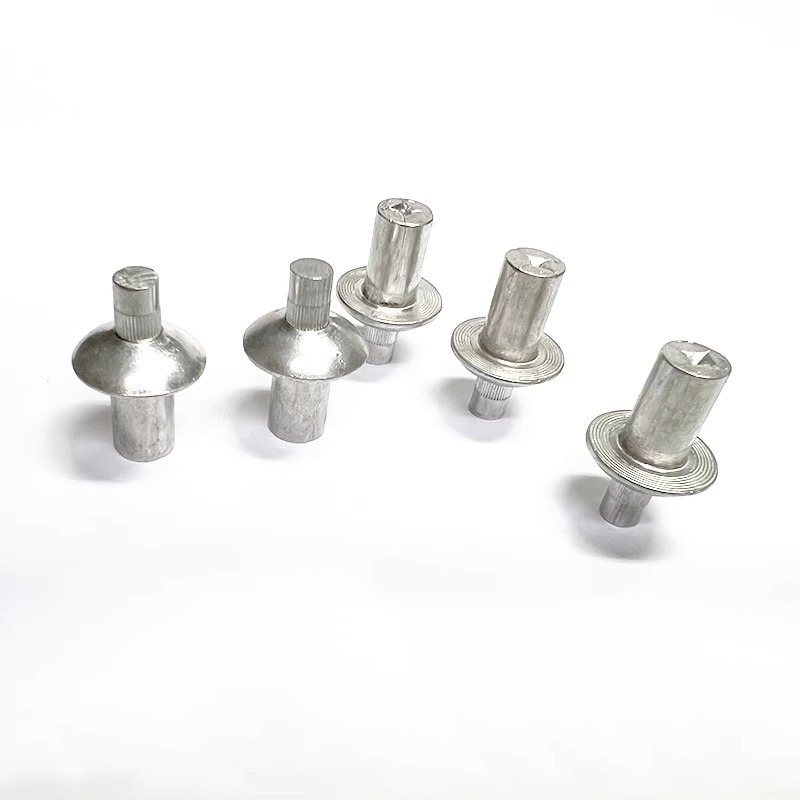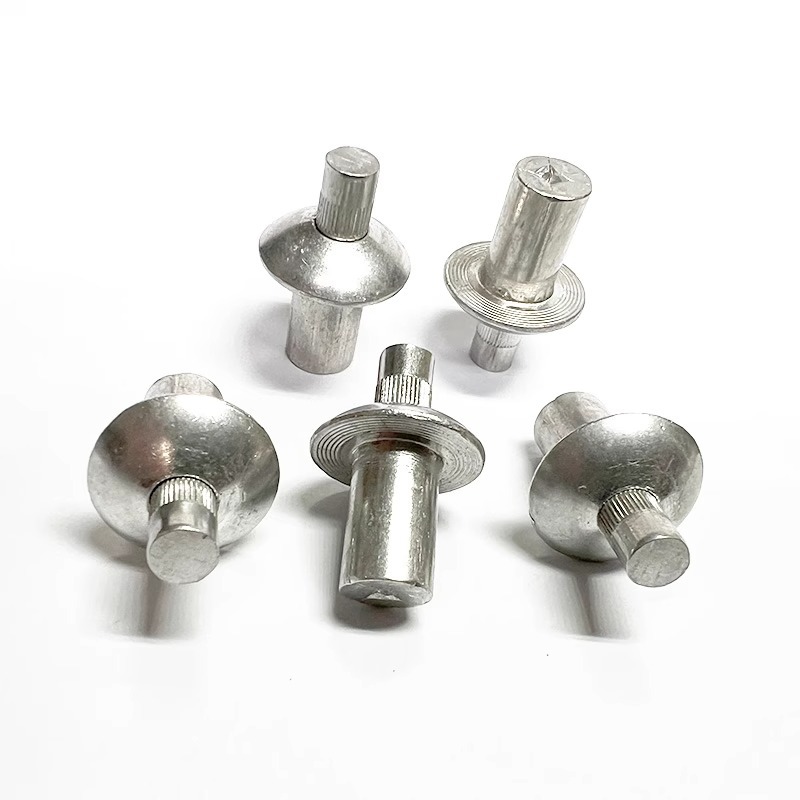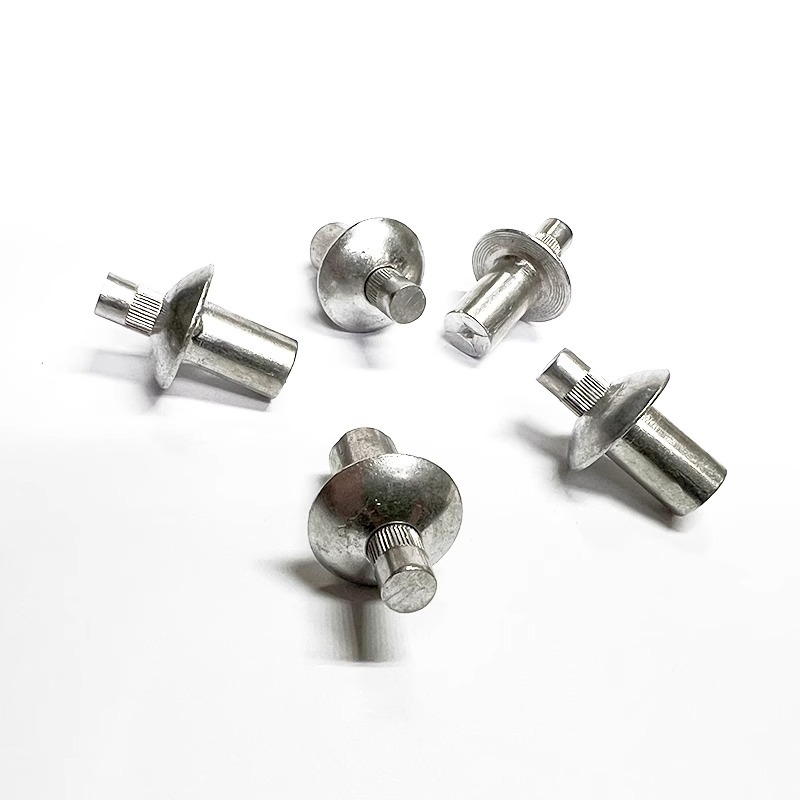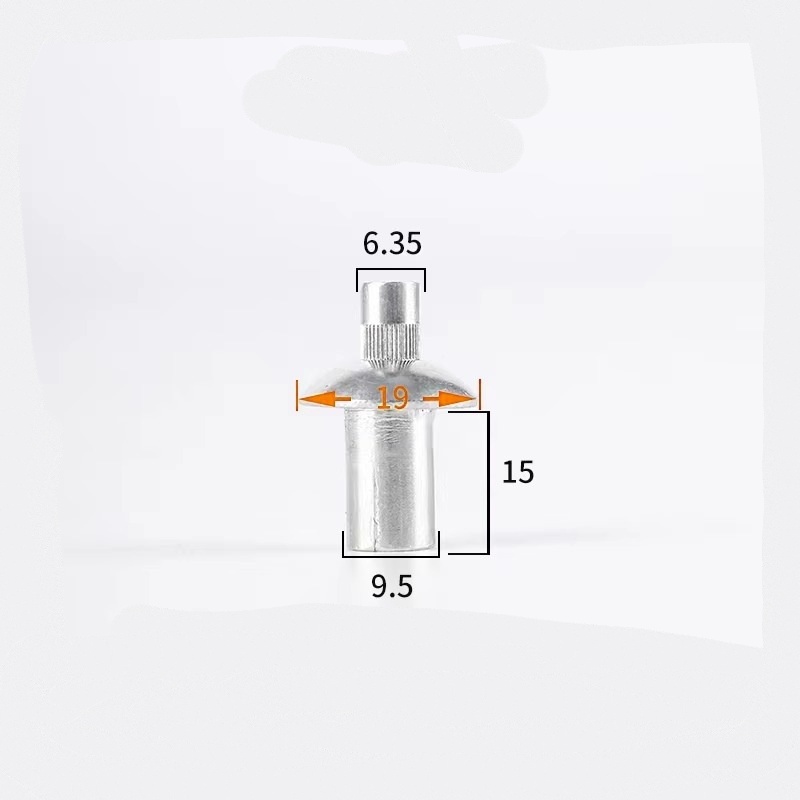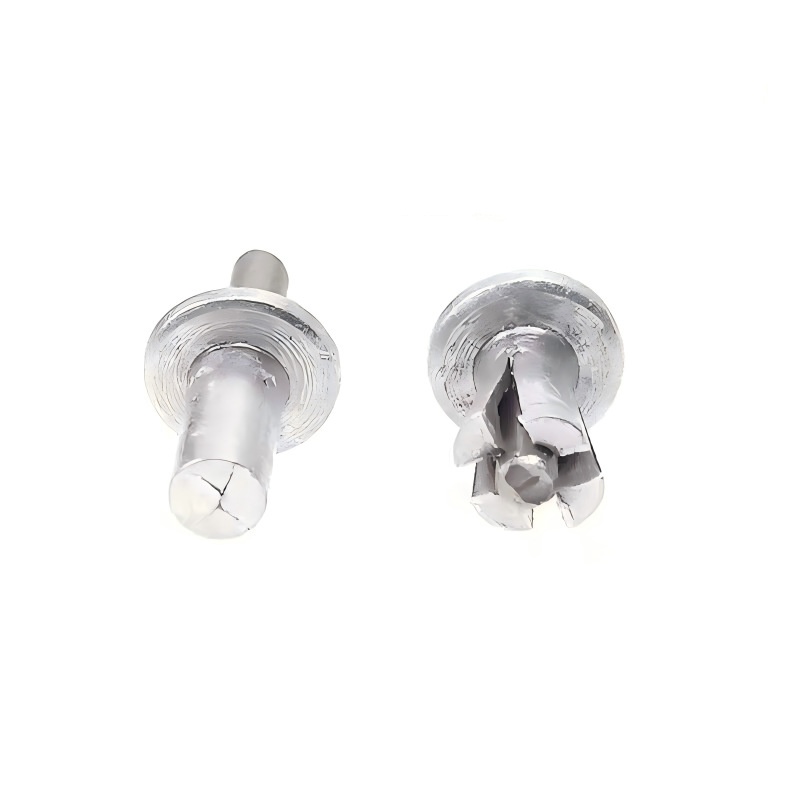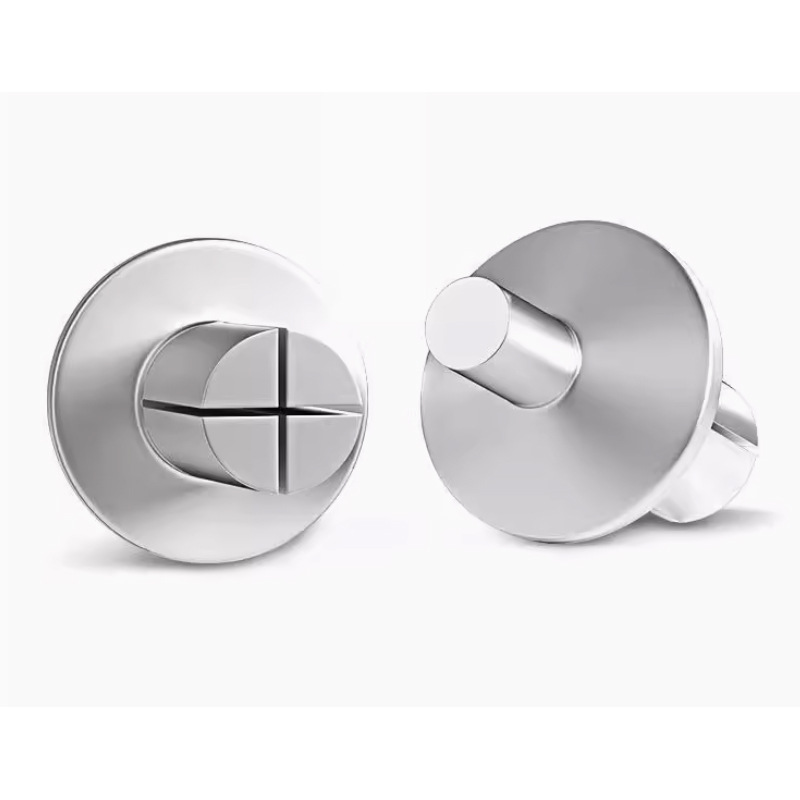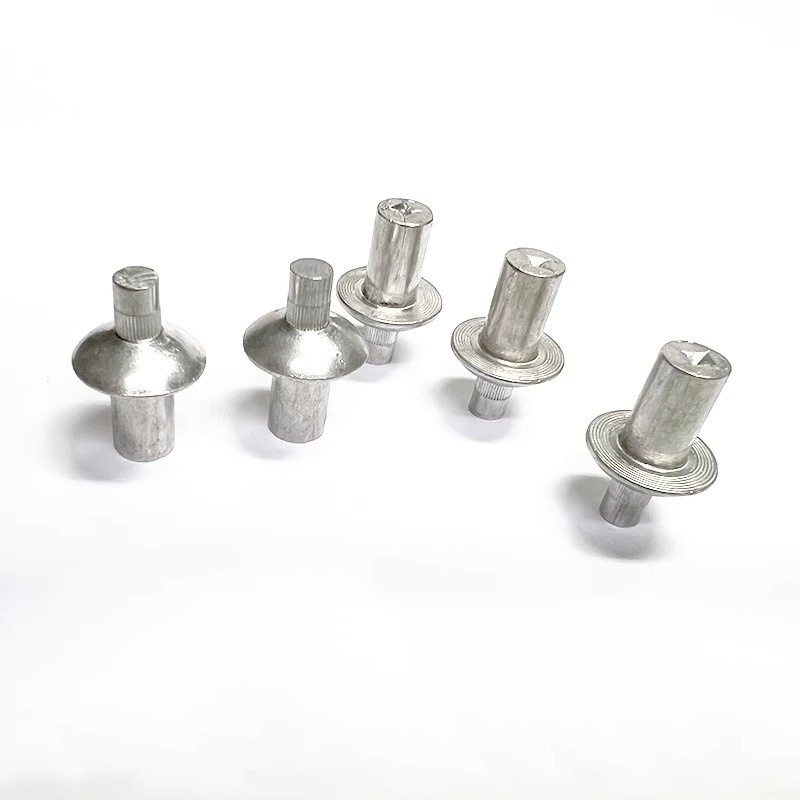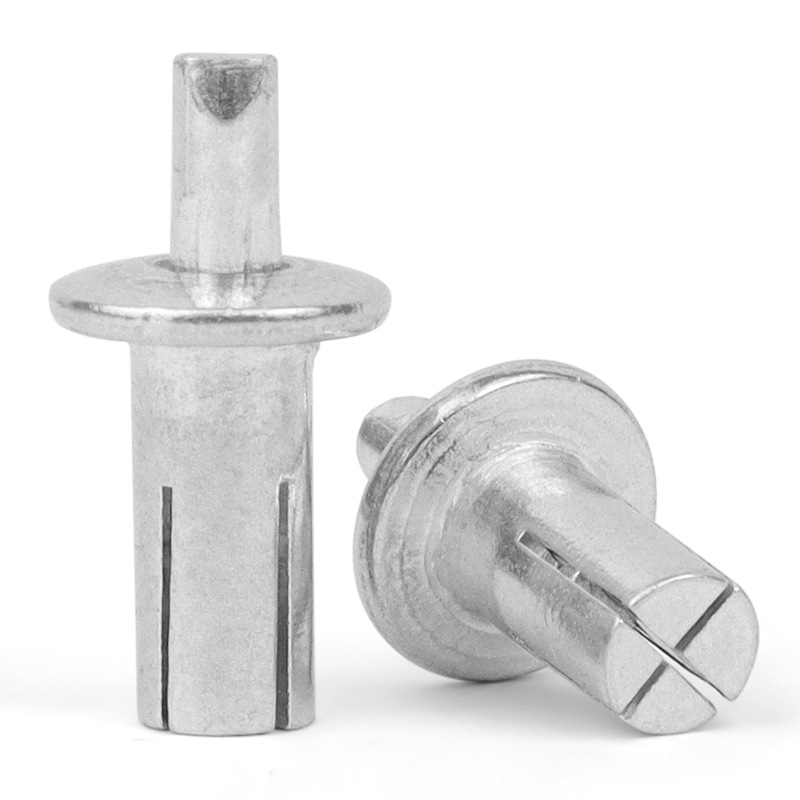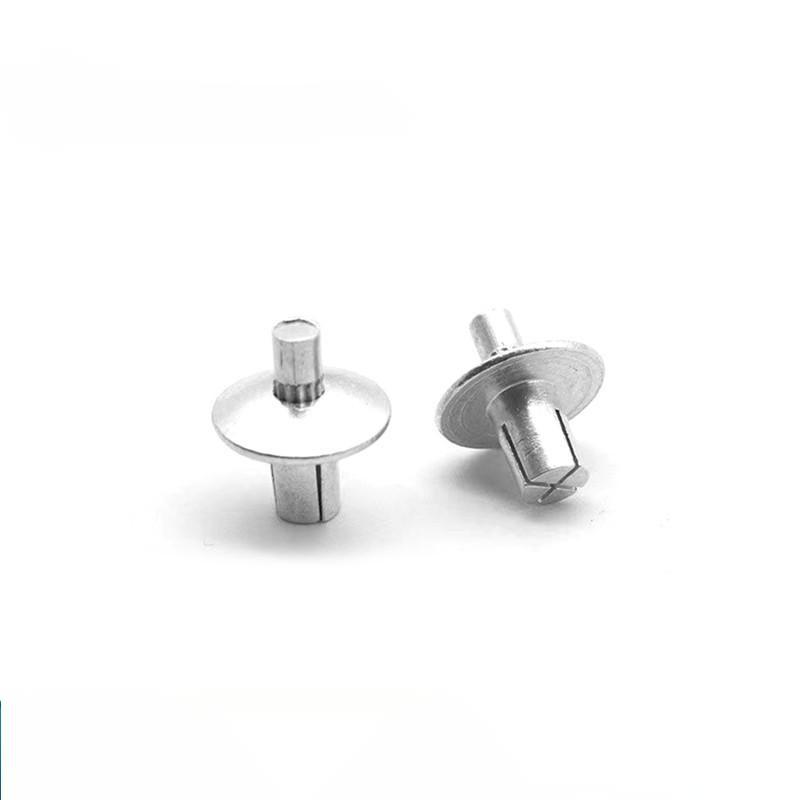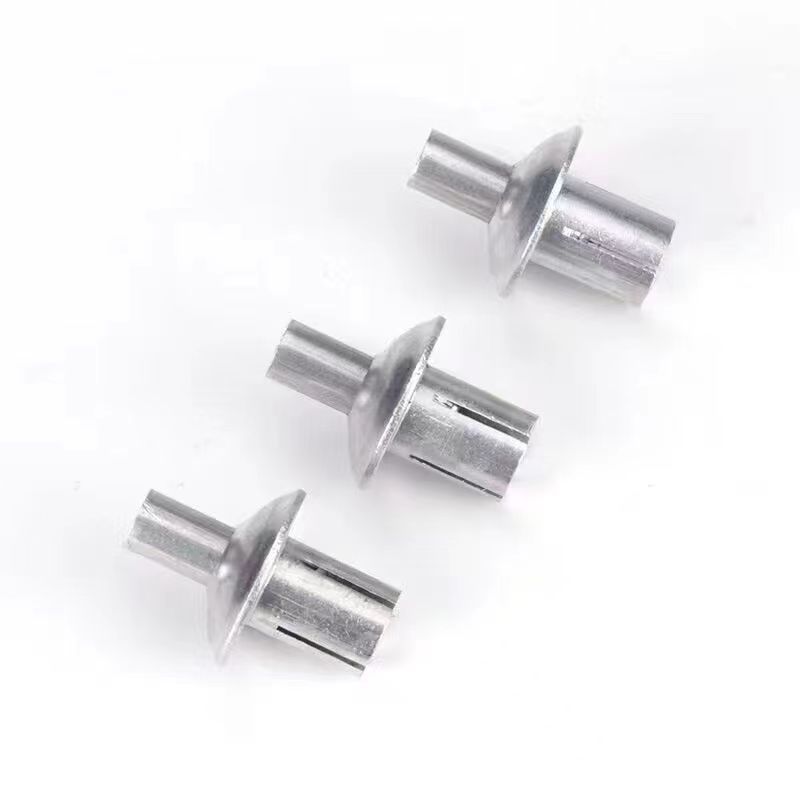Production Proven Core Penetrating Rivet
Send Inquiry
Production Proven Core Penetrating Rivet are widely used in the automotive industry - for assembling body parts, chassis components, and interior decorative items. Their design is unique: they can firmly connect materials of different types or pre-coated materials without damaging the surface, and no additional sanding is required. That's why they have become the preferred choice for modern efficient automotive production lines. They can enhance the strength of the vehicle structure and significantly speed up the assembly process compared to traditional welding or using screws and other methods.
Product details
In the electronics and electrical industries, Production Proven Core Penetrating Rivet are used to firmly fix thin metal casings, internal supports and heat sinks. They can withstand the tests of vibrations - such as components in washing machines, servers or air conditioning equipment, which remain in a stable position throughout the use of these devices. Through-core rivets are highly suitable for these applications because they can form reliable and permanent connections. This connection can withstand continuous movement and temperature changes, so there will be no failures and the products can maintain good quality and safety.
Product Parameters
| Mon | Φ3 |
Φ4 |
Φ5 |
Φ6 |
Φ6.4 |
| d min | 2.94 | 3.92 | 4.92 | 5.92 | 6.32 |
| d max | 3.06 | 4.08 | 5.08 | 6.08 | 6.48 |
| dk max | 6.24 | 8.29 | 9.89 | 12.35 | 13.29 |
| dk min | 5.76 | 7.71 | 9.31 | 11.65 | 12.71 |
| k max | 1.4 | 1.7 | 2 | 2.4 | 3 |
| d1 | 1.8 | 2.18 | 2.8 | 3.6 | 3.8 |
| r max | 0.5 | 0.5 | 0.7 | 0.7 | 0.7 |
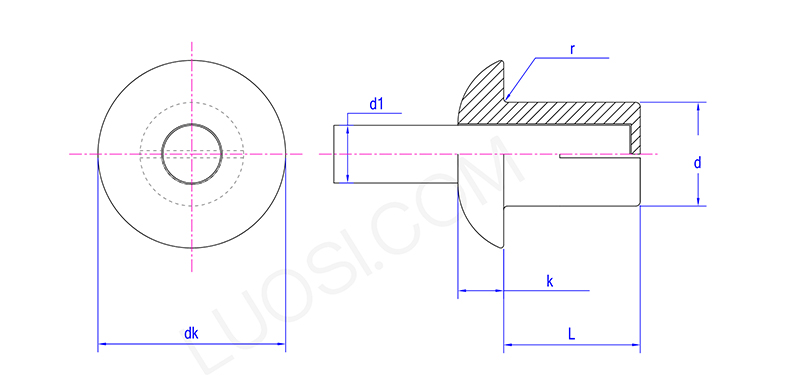
FAQ
Q: What materials can your Production Proven Core Penetrating Rivet effectively join?
A:Our Production Proven Core Penetrating Rivet can connect various materials - even combinations of different materials. They are suitable for fixing aluminum alloys, steel, and even some harder and more fragile materials that conventional rivets cannot handle. Their unique design enables the core to penetrate and firmly embed into these different substrates. This forms a strong connection point that can withstand vibrations, and in many cases, you don't even need to drill in advance.


